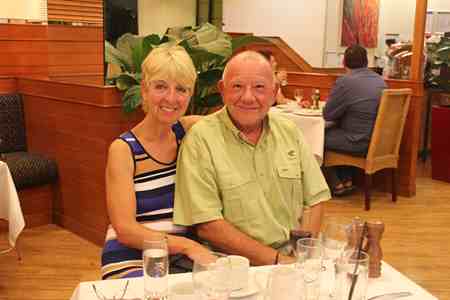30 December, the Riversleigh fossil find

Glenoverland
Tue 3 Jan 2012 10:41
|
Near Mount Isa is Riversleigh Station, where the river has cut down and
down into its valley, exposing ancient rocks. This revealed a wealth of
fossils, contributing one third of all the known mammal fossils in Queensland,
and Mount Isa has a palaeontological research lab for their ongoing
processing.
The fossils were formed in 3 very specific ways:
1) Large carnivorous cave dwelling bats catch small mammals, and spit
out the bits they don’t want on to the cave floor. Layers of bat guano and
small mammal bones accumulate and become compressed and fossilised.
Erosion by the river exposes the cave floor.
2) Water seeps into cracks in the rock and acids dissolve out a pit which
enlarges and forms a pit trap. Animals fall in, die, the pit gradually
fills with sediment, then erosion exposes the pit floor.
3) Brittle rock crusts over pools are walked on by animals which fall
in. If not eaten by crocs, their remains get buried in the sediment,
forming fossils which are exposed by erosion.
The most ancient fossils show animals and plants of a tropical
forest/swamp, including a carnivorous marsupial kangaroo-like animal and large
carnivorous bats. The most recent ones showed that the area had dried to
grassland with rivers and billabongs, and the mammals at this time got massive,
eg a bear'-like kjangaroo 12 ft tall. This was about 20,000 years ago, at
the time humans were starting to arrive from Java, to meet animals very
different from today’s.
Don’t have any fossil pics, so random ones
included |



